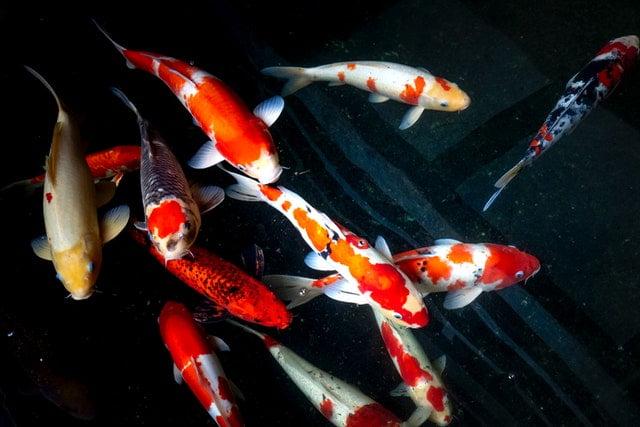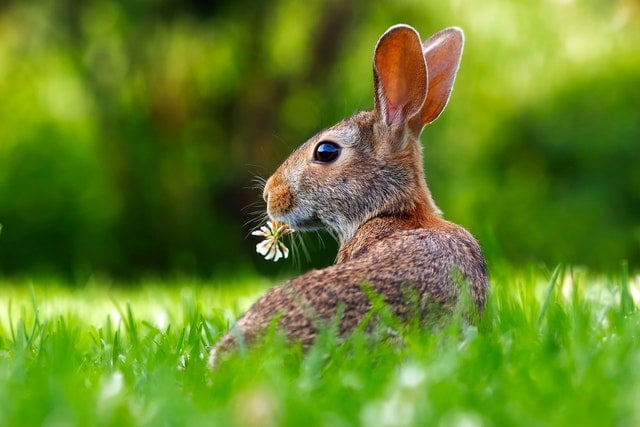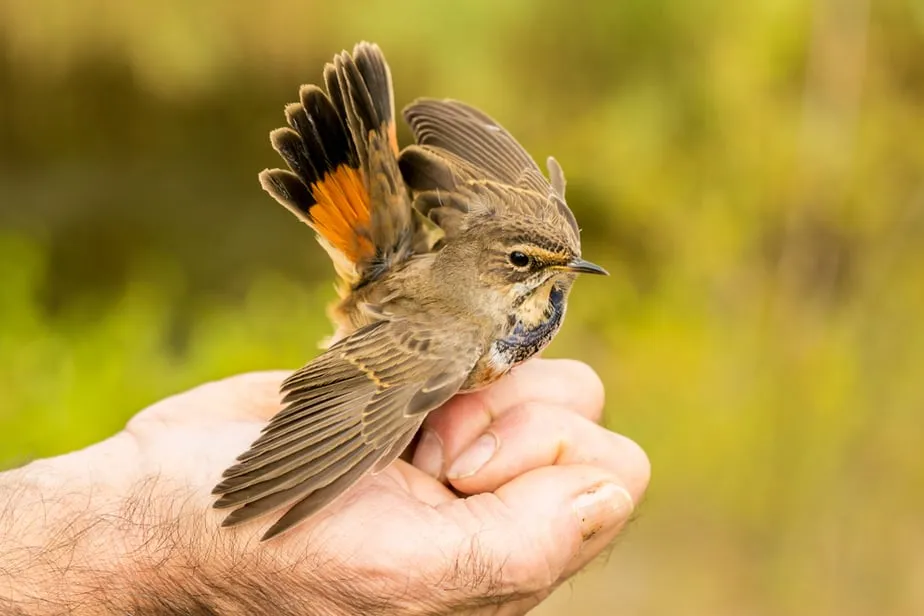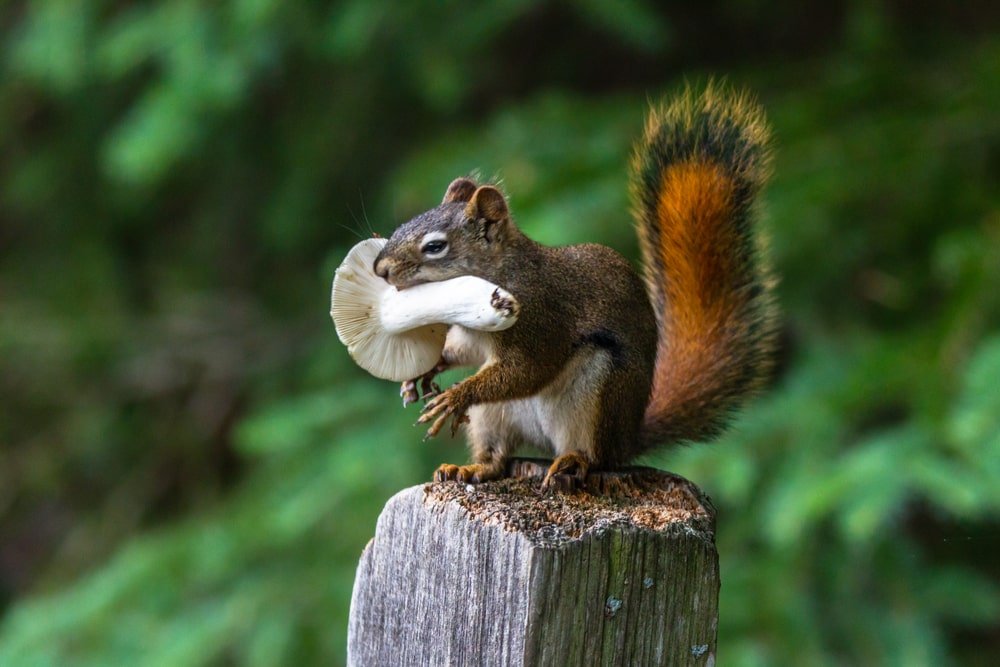QUICK SUMMARY ↬ Only flying squirrels are nocturnal creatures. Other types of squirrels are not nocturnal. Most of them are diurnal and crepuscular. Similar to humans, squirrels are most active during the day and retreating to shelter at night where they’ll settle until the next morning.
Are squirrels nocturnal? When we hear movement in the attic at night, our first thought is always — could it be a squirrel?
As interesting as they are, a lot of people—including us—don’t want these little critters living in their house!
So anyway, long story short, they turn out to be rats which really is worse.
But still, you may have seen a squirrel or two hopping around your yard, but will these bushy-tailed rodents stay up throughout the night? Are squirrels nocturnal?
We did a little research and here’s what we learned.
Are squirrels nocturnal?
Squirrels aren’t nocturnal. They’re, in fact, somewhere between diurnal and crepuscular.
How do we know? Well, it turns out that scientists love to study whether or not squirrels are nocturnal. There have been extensive scientific studies on the activity patterns of squirrels, some of which are highlighted below.
Scientific studies of the fox squirrel have determined that they stay in their nests during the evening, leave the nests at dawn and return at dusk. This pattern remained consistent throughout the seasons as the hours of daylight changed. Even when fox squirrels left their nests they were not very active as they spent most of their time just sitting in the trees.
Another study—with grey squirrels this time—had similar findings with a few notable differences.

Grey squirrels would leave their nests about 20–30 minutes before sunrise and return about 20–30 minutes after sunset. These squirrels would have flurries of activity in the morning and late afternoon with a period of rest in between.
The pattern of increased activity at dawn and dusk for grey squirrels has caused some studies to label them as crepuscular instead of diurnal.
This diurnal activity is also consistent with the studies of American red squirrels and European ground squirrels where they come out a few hours after sunrise and return to their burrows a few hours before sunset.
So, let’s summarize it so far:
Ground, chicory, and tassel-eared squirrels are all diurnal. This means they rise early, roam around as long as the sun is out, and get their rest at night.
Other squirrels like the Grey Squirrels are considered crepuscular because they lay low midday and have a peak in activity at dawn and dusk.
That’s assumed to be a habit that they’ve adapted to with time so they can avoid serving as their predator’s lunch. They could certainly wake up at night to eat or drink, but that’s a rare sight.
Flying squirrels are nocturnal
Flying squirrels are the exception to the rule of nighttime activity. Studies of the nighttime activity of Northern flying squirrels and that of Japanese flying squirrels both document strong nocturnal behavior.
As might be expected, under extremely cold winter conditions the flying squirrels don’t stay out very late at night and prefer to stay in the warmth of their nests.
RELATED ARTICLE: HOW TO ATTRACT FLYING SQUIRRELS
They choose to glide and parachute their way from one tree to another strictly at night. Because flying squirrels are nocturnal many people do not realize that these creatures are living nearby!
Flying squirrels are actually pretty common but you typically will not see them unless you go out of your way to look for them. If you haven’t seen a flying squirrel before then the video below shows them in action at night!
Why are squirrels diurnal? Nocturnal vs Diurnal
Squirrels are diurnal because they have excellent daytime vision while their night vision is extremely poor. Because of their poor night vision, squirrels don’t like to roam at night as they’d be exposed to all kinds of danger.
As far as their daytime vision is concerned, squirrels have an excellent focal vision and their peripheral vision is also very sharp.
This allows a squirrel to react quickly to threats in its immediate environment. Without this, they would not be able to exhibit any of the quick reflexes associated with them and would not be able to protect themselves against predators or forage for food.
RELATED ARTICLE: WHAT DO SQUIRRELS EAT?
Nocturnal flying squirrels, on the other hand, lack these characteristics. They have incredibly huge eyes and a rod-dominated retina with a rod density of nearly 100%. These features allow them to navigate the darkness of the night with ease.
In comparison, diurnal and crepuscular squirrels have a cone-dominated retina with only 10 to 40% rod density.
Where do squirrels go at night?
Just like humans, squirrels spend their nights sleeping.
Tree squirrels (grey, fox, red) spend their nights sleeping in their nest. The nests are either built out of leaves and twigs (called a Drey) or are hollowed out cavities within the tree (called a Den).
Ground squirrels on the other hand sleep in a burrow which is a complicated tunnel system that can often house many families.
RELATED ARTICLE: WHERE DO SQUIRRELS SLEEP
Final thoughts
Nearly all species of squirrels are diurnal. The flying squirrel is the only exception to this rule and leads a nocturnal lifestyle instead.
You could consider a squirrel’s daytime versus nighttime habits as a classic example of “survival of the fittest”.
Thanks to the power of sight, these rodents can make up for their small size and protect themselves against predators while looking for food in order to grow and thrive.



